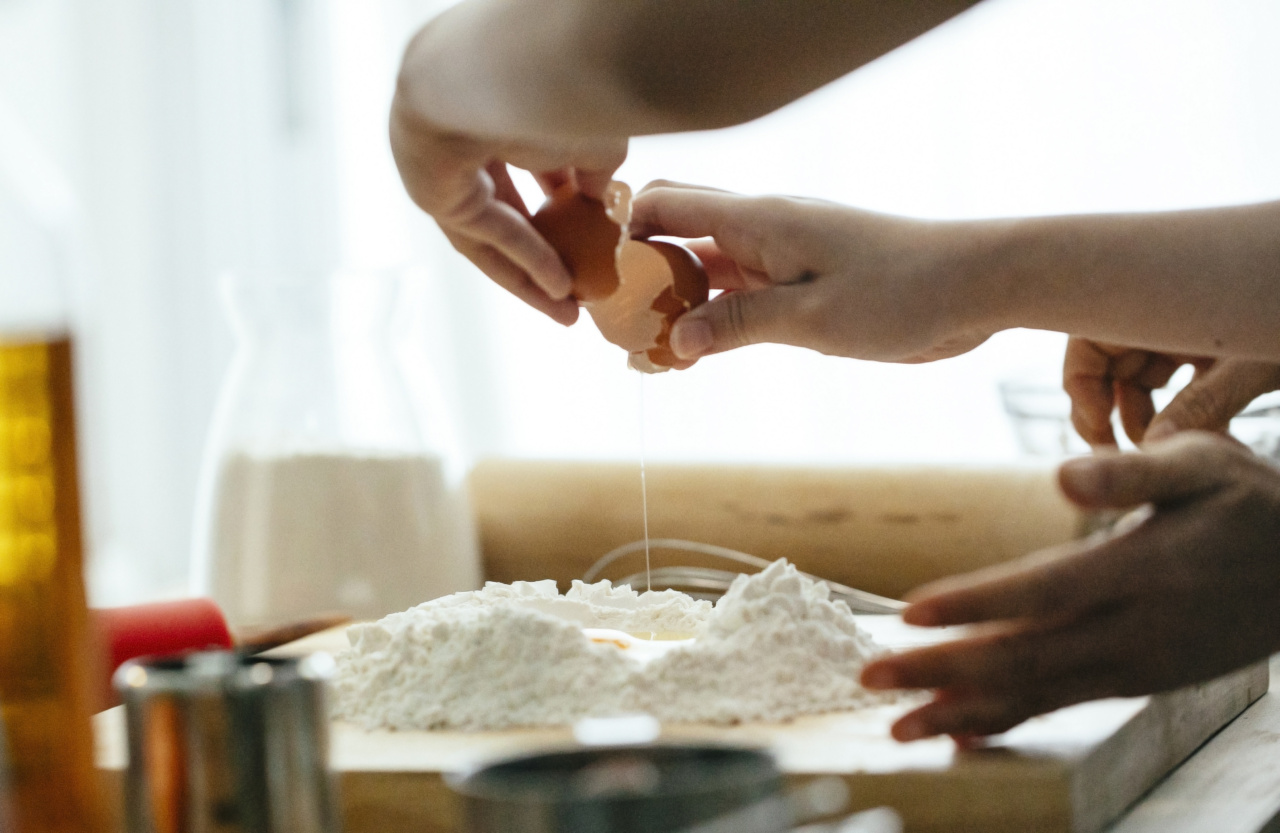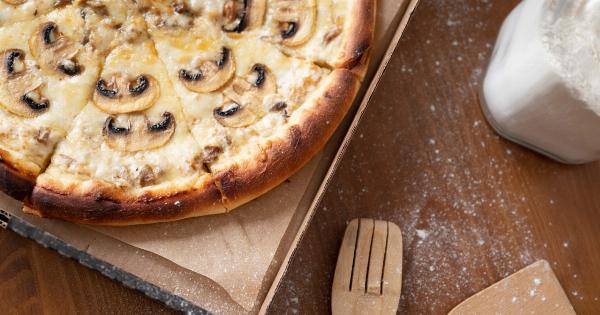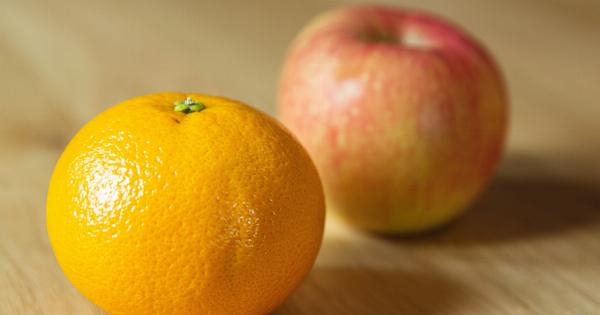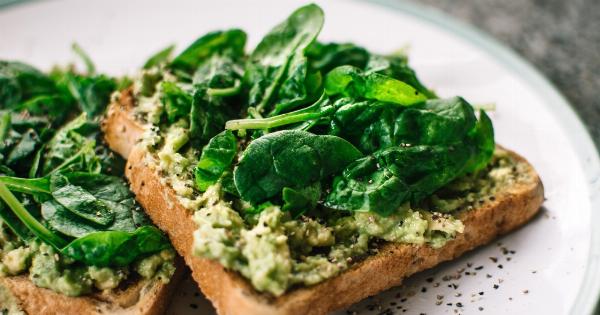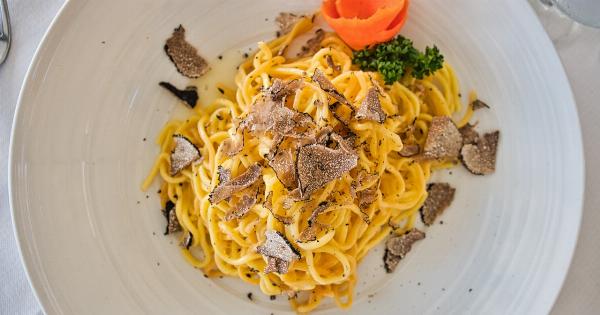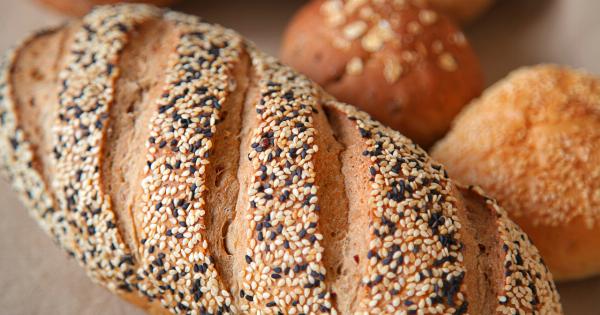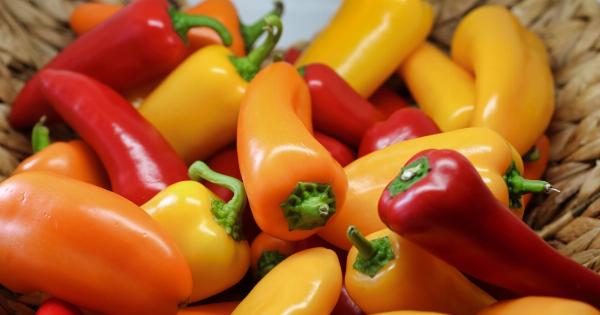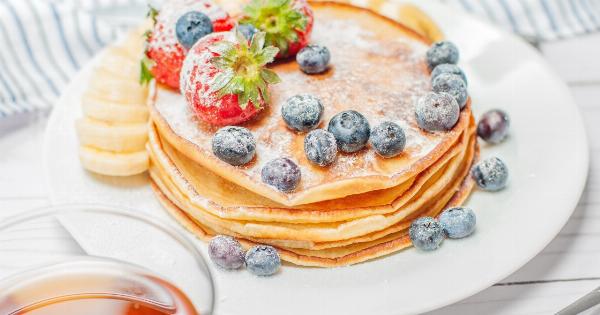When it comes to baking bread, the quality of the flour you use can truly make or break your creation. Flour is the primary ingredient in bread making, and its characteristics greatly influence the final product.
From texture and structure to taste and aroma, the type of flour you choose plays a vital role in achieving the perfect loaf of bread. In this article, we will explore the different types of flour, their impact on the bread baking process, and how you can harness their potential to create a super bread.
The Varieties of Flour
Flour comes in various types, each differing in its source, protein content, and milling process. Here are the most common types of flour used in bread making:.
All-Purpose Flour
All-purpose flour, as the name suggests, is a versatile type of flour suitable for a wide range of baking purposes, including bread making. It is a blend of hard and soft wheat, with a moderate protein content.
All-purpose flour provides a balanced texture and a decent rise to your loaves, making it a dependable choice for beginner bakers.
Bread Flour
Bread flour is specifically milled for baking bread. It has a higher protein content, typically around 12-14%. This higher protein level results in more gluten formation, which is crucial for the structure and strength of bread.
Using bread flour in your recipes will give you a chewier and more substantial loaf.
Whole Wheat Flour
Whole wheat flour is made from grinding the entire wheat kernel, including the bran, germ, and endosperm. This type of flour adds more flavor, fiber, and nutrients to your bread due to the presence of the bran and germ.
However, whole wheat flour can result in denser loaves and requires additional hydration to prevent dryness.
Rye Flour
Rye flour, made from rye grains, has a distinct flavor profile and lower gluten content compared to wheat flour. It produces denser and darker loaves with a stronger taste.
Rye flour is often mixed with other flours to achieve the desired texture and rise.
Choosing the Right Flour
Now that you are aware of the different types of flour, selecting the right one for your super bread becomes essential. Consider the following factors when making your flour selection:.
Recipe Requirements
The recipe you are following may specify the type of flour necessary for optimal results. Pay attention to the recipe instructions to ensure you choose the right flour accordingly.
Bread Texture
Decide on the texture you desire for your bread. If you prefer a lighter and softer texture, all-purpose flour might be a suitable choice. For those seeking a denser and chewier texture, bread flour or whole wheat flour can deliver the desired outcome.
Flavor Profile
Flour contributes to the overall flavor profile of your bread. Some flours, like rye flour, have a stronger taste that can add depth and complexity to your bread. Consider the flavors you want to incorporate and choose the flour accordingly.
Baking Techniques
Your preferred baking techniques also influence the type of flour you should use. Different flours respond differently to specific techniques like sourdough starters or long fermentation.
Experimenting with different flours and techniques is part of the journey to create your super bread.
The Role of Gluten
Gluten, a protein complex found in wheat flour, plays a crucial role in bread making. It provides the elasticity and structure necessary for a well-risen and airy loaf. The protein content of the flour directly affects gluten development.
Higher protein content results in more gluten formation, leading to stronger and more structured bread. Gluten development is particularly important for achieving good oven spring, where the bread rises dramatically during baking, giving it an appealing appearance and texture.
Flour Hydration
Flour hydration refers to the amount of water needed to achieve the desired dough consistency. Different types of flour require varying hydration levels, and this directly impacts the final texture.
Whole wheat flour, for instance, absorbs more water compared to all-purpose flour. Proper hydration ensures a moist and tender crumb, while inadequate hydration leads to dry and crumbly bread.
The Impact of Flour Milling
The milling process used to obtain flour also affects the final product. The different milling techniques, such as stone milling or roller milling, produce flours with distinct characteristics:.
Stone Milling
Stone milling involves grinding the grains between two stones, preserving more of the bran and germ in the process. This type of milling results in coarser flour with a variety of particle sizes.
Stone-milled flour tends to have a nuttier flavor and retains more nutrients.
Roller Milling
Roller milling, on the other hand, uses a series of rollers to finely grind the grains. This milling process produces a consistent and refined flour with a softer texture.
Roller-milled flour has a milder flavor and a longer shelf life compared to stone-milled flour.
Proper Storage and Shelf Life
The quality of your flour can be impacted by its storage. Exposure to air, moisture, and pests can lead to spoilage and a shorter shelf life. To extend the lifespan of your flour:.
Store in a Cool, Dry Place
Avoid storing flour in humid environments, as moisture can cause clumping and spoilage. Opt for airtight containers to shield the flour from air and humidity.
Use Freshly Milled Flour
Whenever possible, use freshly milled flour for your bread recipes. Freshly ground flour retains more nutrients and has a better aroma and flavor compared to pre-packaged flour.
Check Expiration Dates
Always check the expiration dates on your flour packaging. Using expired flour can lead to subpar results and potentially affect the rise and texture of your bread.
The Art of Flour Selection
Choosing the right flour for your bread baking endeavors is both a science and an art. It requires understanding the characteristics of different flours, experimenting with your desired textures and flavors, and adapting to various baking techniques.
By harnessing the potential of flour, you can elevate your bread-making skills and create super bread that delights your taste buds and impresses your family and friends.
